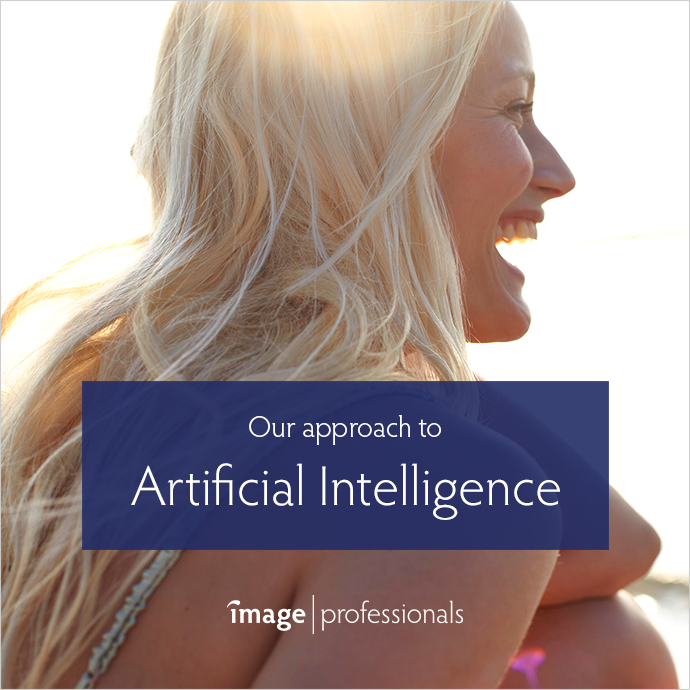Artificial Intelligence (AI) has made its breakthrough into the public eye within the last few months. It had been hidden for many years in smart navigation systems or behind the synthetic voice of Alexa. But now this complex technology is inviting dialog in the form of a friendly chatbot, which enthralls more than just the technology community. ChatGPT amassed 100 million users within a few days, easily outpacing the launch of apps such as Instagram or TikTok.
Let’s get one thing straight right away: this text was not created by artificial intelligence (AI). Even if the creative world knows hardly any other topic at the moment.
AI will change our lives for good.
Suddenly, natural language AIs can seemingly do anything. From endlessly composing entertaining poems, to passing complex university exams in seconds. Imaging AIs, such as Stable Diffusion or Dall-E, produce countless images on command that can be stunningly imaginative or frighteningly realistic. These image engines are still throttled and create just a few media per text input. They have countless weaknesses and leave substantial copyright questions unanswered. But there is no doubt: AI will change our lives, revolutionize value creation processes in many industries and open up new horizons to all of us.
AI is shifting our coordinates.
In the near future, we will be consuming customized series, exciting novels, or stirring operas generated in real-time by artificial intelligence according to our individual preferences. That sounds exciting at first, but media professionals have cause to be concerned. AI isn’t just reaching for their traditional job descriptions. It will also further blur the lines between reality and fiction. From now on, we will be able to trust our eyes and ears even less. Already today, every third German considers it likely that the world is controlled by conspiratorial powers. But if machine manipulation can no longer be detected, how will professional media preserve the already threatened social acceptance of verifiable facts?
Responsibility lies with each of us.
The developers of image recognition systems certainly never had in mind that their technology would also be misused for the systematic persecution of minorities. For all our enthusiasm for technological breakthroughs, we therefore bear the responsibility to evaluate them properly and use them responsibly. This applies to each individual as well as to companies or states.
Use of AI at Image Professionals.
This brings us to Image Professionals and our responsibilities. We have been using artificial intelligence in some areas for years, for example, in the detection of unauthorized image use. We are currently evaluating AI-optimized workflows and routines within several working groups. But our journalistic features are not renderings. Our recipe photos are suitable for home cooking. Our travel destinations can truly be explored. In short, our photographers depict the world as colorful, contradictory, and as true as it is. That’s why we exist. That’s why our customers trust us.
Despite our fascination with AI, we remain committed to authenticity. With us, professional image users can continue to trust their senses. That’s why we, the Image Professionals, will not accept or market any AI-generated images or texts until further notice.




What do you think?
You must be logged in to post a comment.